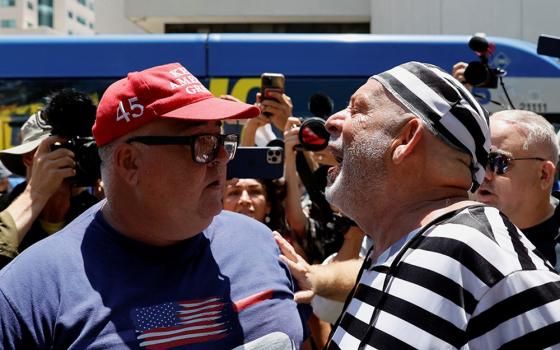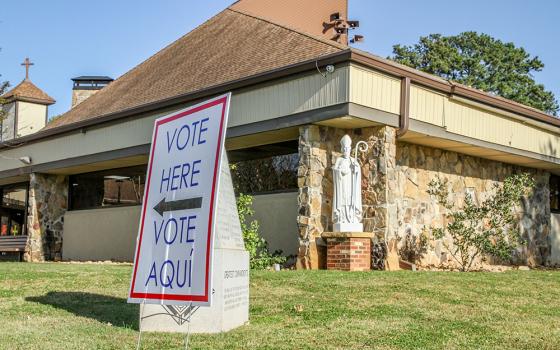Even though he was not at the Second Vatican Council (1962-65), Pope Francis is a pope of the council. Not only is he completely committed to the changes that came out of the council, he is also committed to completing the unfinished work of the council.
Many issues were dealt with at Vatican II, but generally speaking, the most important issues were also the most controversial, according to Jesuit Fr. John O'Malley in his important and readable book What Happened at Vatican II. Some topics were so controversial they were taken off the council's agenda: clerical celibacy, birth control, and reform of the Roman Curia. To these three, O'Malley would also add the Synod of Bishops, which Paul VI created during the council without letting the council participate in its creation.
We have already seen Pope Francis put reform of the Curia and the Synod of Bishops back on the church's agenda. He and his new secretary of state have also stressed that celibacy is a law that could change, indicating it is once again open for debate.
Other controversial issues at the council included the place of Latin in the liturgy, the relationship of tradition to Scripture, the relationship of the church to the Jews, religious liberty, and the relationship of the bishops to the pope. The amount of time the council spent dealing with these issues was enormous.
Pope Francis is no fan of the Latin Mass. Has anyone ever seen him say the Mass in Latin? He is very comfortable with Jews and even co-authored a book, On Heaven and Earth, with a rabbi. And while he is willing to speak prophetically about issues of justice and peace, he is reluctant to see the church play the heavy in the political arena. He is so respectful of religious liberty that he has said, "Proselytism is solemn nonsense, it makes no sense. We need to get to know each other, listen to each other and improve our knowledge of the world around us."
O'Malley calls these the "upfront" issues of the council, but behind these issues were three others that explain why these upfront issues were so controversial. The three issues were:
- The circumstances under which change in the church is appropriate and the arguments with which it can be justified.
- The relationship in the church of center to periphery, or, put more concretely, how authority is properly distributed between the papacy, including the congregations (departments or bureaus) of the Vatican Curia and the rest of the church.
- The style or model according to which that authority should be exercised.
From the beginning of his papacy, people have noted the simple style with which Francis exercises his authority (issue No. 3). He confesses that as a Jesuit superior, he was too authoritarian, made decisions too quickly without consultation. He learned from his mistakes and acted differently as archbishop of Buenos Aires, Argentina. His hatred for clericalism and careerism in the church is well known. A leader is not a prince but a servant of the community.
In looking at reform of the Curia, Pope Francis is clearly thinking about redistributing authority from the center to the periphery. He is going to go beyond tinkering with Pastor Bonus, the constitution governing the Roman Curia, and allow more decisions to be made at the local and conference level.
Finally, he is not afraid of change in the church. While respecting the history and tradition of the church, he does not idealize them as a perfect Eden to which we must return. Rather, he says we must learn from our history and tradition so we can journey with faith into the future, trusting in the inspiration of the Spirit.
It is no surprise that Pope Francis has made some people in the church nervous, just as the council made some people nervous. Francis is simply bringing to fruition what was started at the Second Vatican Council.
[Jesuit Fr. Thomas Reese is a senior analyst for NCR. His email address is treesesj@ncronline.org. Follow him on Twitter: @ThomasReeseSJ.]
Editor's note: We can send you a biweekly email alert with content from The Francis Chronicles. Follow the directions on our email alert signup page.



